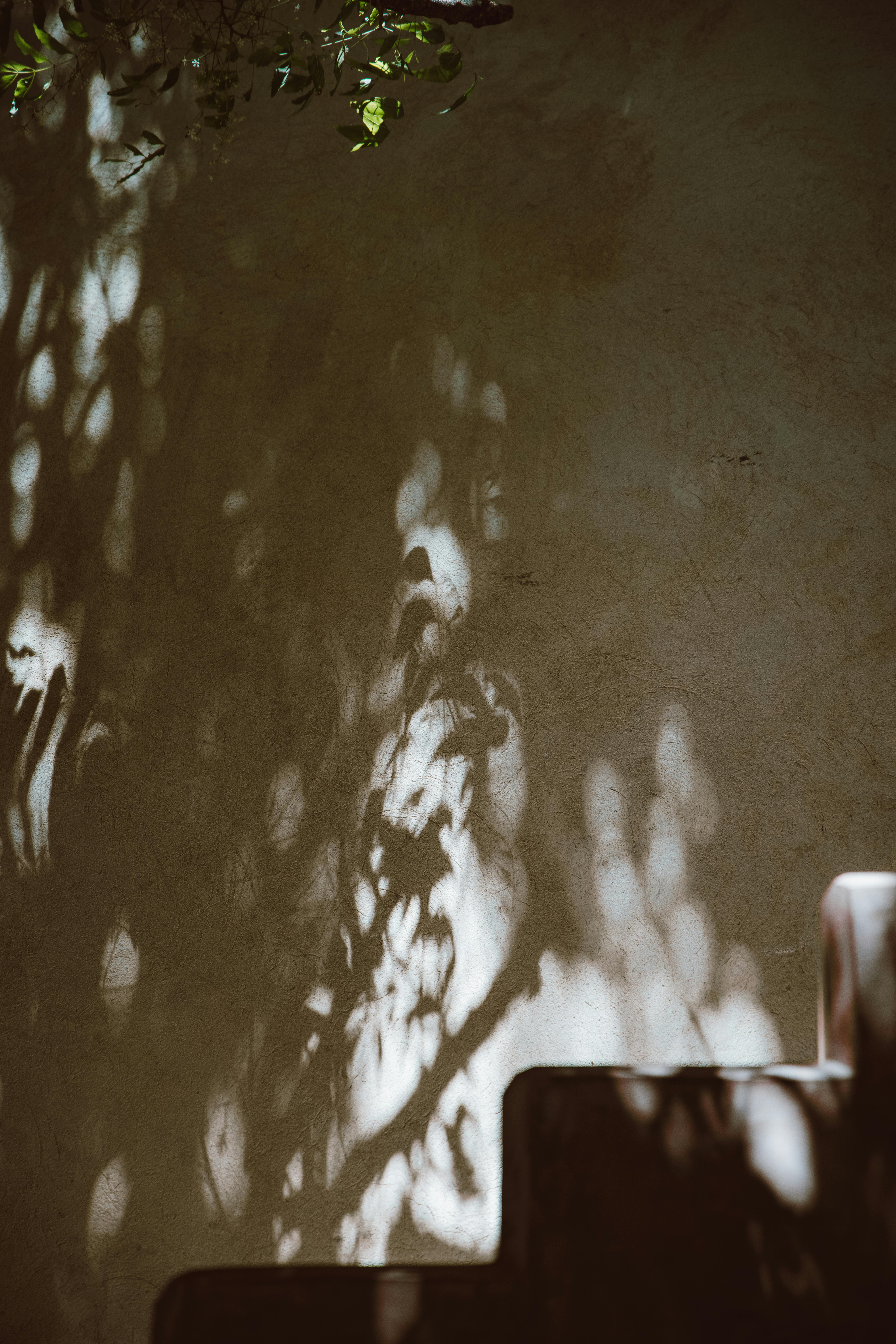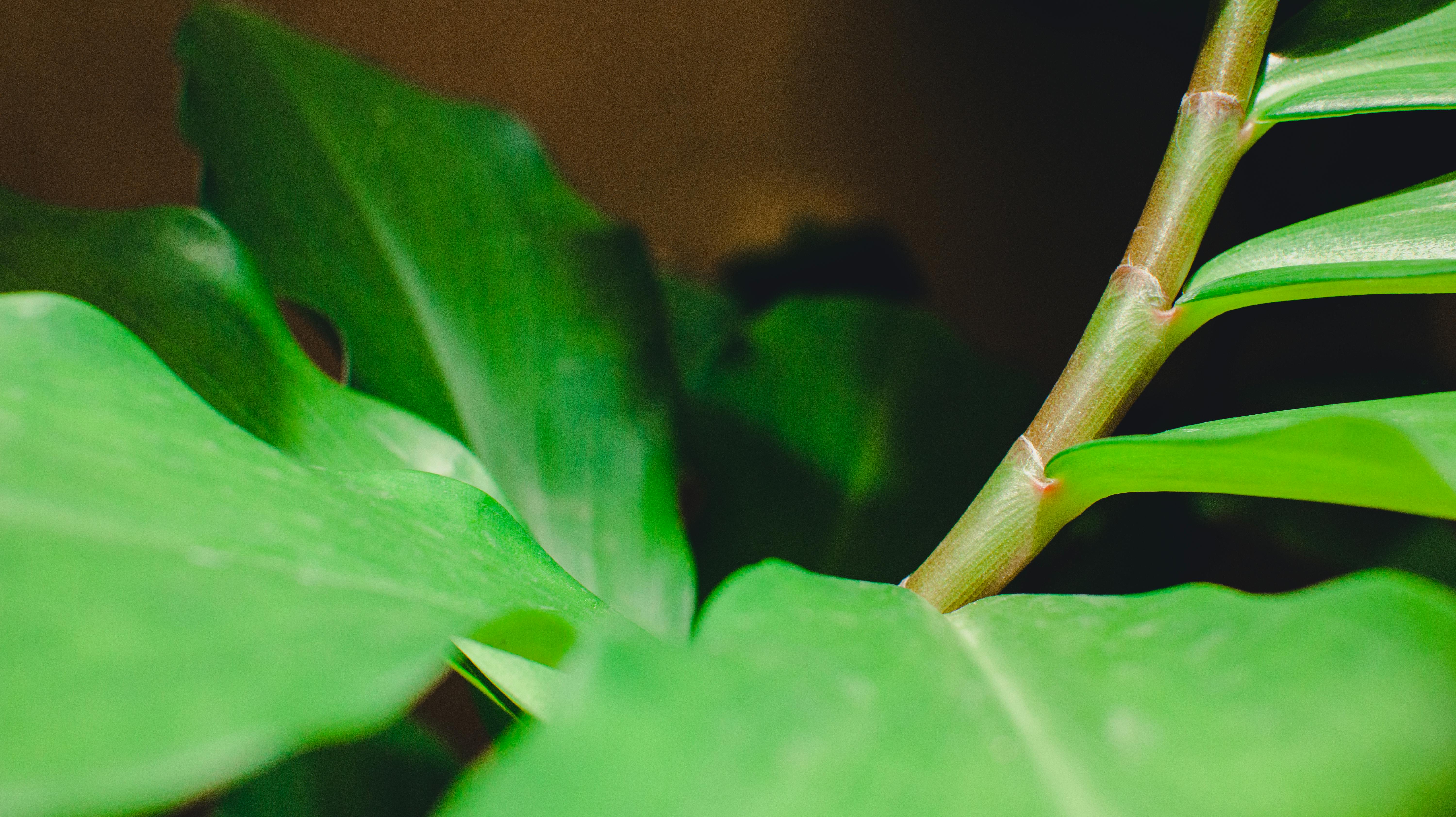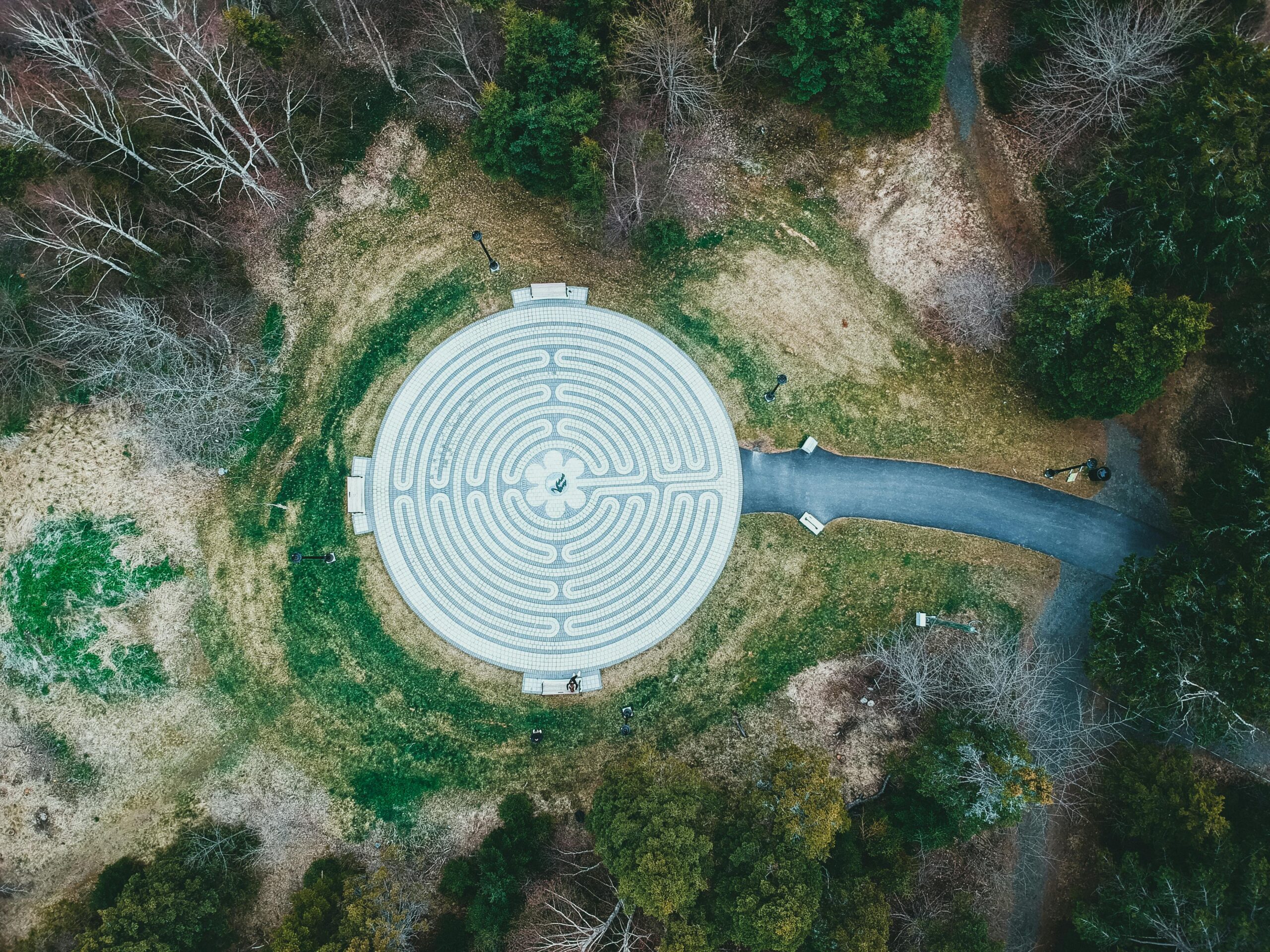Gestalten Garten: Your Ultimate Guide to Beautiful Garden Design
Understanding Garden Design Principles
Creating a stunning garden requires a grasp of essential **garden design principles**. This forms the foundation for any garden project. Key concepts include balance, unity, proportion, and rhythm. Balance can be achieved through the strategic placement of plants, structures, and pathways. For instance, pairing tall plants with shorter ones on opposite ends can create visual stability. Additionally, unity in design ensures that all elements of the garden work harmoniously together, while proportion relates to the size of objects in your garden relative to each other. Understanding these principles will enable you to shape a **garden** that feels complete and aesthetically pleasing.
Creating Balance in Your Garden
When it comes to **creating balance**, you have two options: symmetrical or asymmetrical design. A symmetrical garden features elements mirrored on either side of a central line, giving a sense of formality. In contrast, asymmetrical gardens might seem more natural, utilizing contrasting elements to create interest. A practical example is utilizing a large tree on one side of the garden but balancing it with a cluster of smaller plants on the opposite side. The aim is to draw the eye and create visual harmony across the entire garden landscape. Ensuring balance in your design not only enhances beauty but also promotes a sense of calm and relaxation.
Incorporating Color into Your Garden
Color significantly impacts the mood and aesthetic of your **garden**. By thoughtfully selecting plant colors and blooms, you can create an engaging visual narrative. For instance, warm colors like reds and oranges induce energy, while cool colors such as blues and purples offer tranquility. Mix and match these colors to create seasonal interest. Planting different species that bloom at different times can provide continuous color throughout the year. **Garden design** is more than planting; it’s about painting with the hues of nature.
Choosing the Right Plants
Your choice of plants is crucial in shaping a successful **garden**. It’s important to consider factors such as climate, soil type, and lighting. Native plants not only thrive but also attract local wildlife, promoting a healthy ecosystem. Incorporate a variety of textures and heights to create depth. Layering plants—with taller species in the back and shorter ones in the front—will enhance the visual appeal and create an inviting atmosphere. Moreover, selecting a seasonal mix can provide ongoing interest, transitioning through vibrant blooms and lush foliage throughout the year.
Top Plant Choices for Your Garden
Consider these top plant choices for an eye-catching design: **perennials**, which return year after year, provide a reliable and cost-effective blooming backdrop. Ornamental grasses add movement and texture, especially during windy days. Shrubs, both flowering and evergreen, offer structure and privacy. Lastly, flowering annuals can be used to fill seasonal gaps with bursts of color. Each type has its unique appeal and purpose, and understanding how they complement each other will enhance your overall **garden design**.
Design Case Study: A Contemporary Garden

Let’s delve into a case study of a contemporary garden that balances structure and lush greenery. This garden utilizes varying plant heights to create visual interest, with bold lines formed by pathways and fencing. The selection of monochromatic flowers contrasts with the vibrant greenery, delivering simplicity and elegance. Moreover, the use of natural materials for pathways ties the **gestalten garten** to the natural landscape, emphasizing sustainability. This balance of design and practicality creates an inviting space that encourages both relaxation and socialization.
Incorporating Hardscapes into Your Garden
Hardscapes are non-plant elements that play a vital role in any **garden design**. This includes pathways, patios, fences, and walls. These features provide structure and usability, enhancing your garden’s overall aesthetic. For example, gravel paths guide visitors through the garden while adding a rustic charm. Adding seating areas, such as benches or stone tables, creates spaces for relaxation and gathering amidst greenery. Utilizing materials that complement your plants and landscape will ensure a cohesive look.
Choosing the Right Materials
When it comes to **choosing materials** for your hardscaping, consider durability and style. Natural stones offer organic charm and durability, while bricks provide a classic look. For a modern twist, concrete can be shaped and colored to fit any design scheme. Each material contributes a different feel to your **garden**, so it’s essential to assess which best aligns with your vision. Ensure that the materials used in hardscaping harmonize with your plant choices for an attractive, unified environment.
Integrating Water Features

Water features can significantly enhance the ambiance of your **garden**. From koi ponds to small fountains, the sound of flowing water creates a soothing atmosphere. Consider installing a simple birdbath, which not only serves as an aesthetic accessory but also attracts local wildlife. For larger areas, a pond can serve as a focal point around which you can design other elements. By integrating a water feature, you add life to your **gestalten garten**, making it a serene escape from the hustle and bustle of daily life.
Maintaining Your Garden
Once your **garden** is established, maintenance is essential for longevity and beauty. Regularly watering, pruning, and weeding are crucial tasks that keep your **garden** flourishing. **Soil health** cannot be overstated; amendments may be necessary to ensure your plants receive the nutrients they need. Mulching will help retain moisture while suppressing weeds, making maintenance efforts more manageable. Create a maintenance schedule that fits your lifestyle, ensuring that your garden remains vibrant and inviting all year round.
Seasonal Maintenance Tips
Every season brings unique challenges and opportunities for your **garden**. In spring, focus on cleaning up debris and preparing the soil for planting. Summer months require consistent watering, especially for newly planted areas. As fall approaches, consider dividing perennials and planting additional bulbs for vibrant spring blooms. Winter is the time for planning and reflecting on your garden’s performance and potential improvements for the following year. By tackling seasonal maintenance tasks, you ensure that each stage of growth is met with thoughtful care.
Common Garden Pests and Solutions
Keeping your **garden** healthy also involves pest management. **Identifying common garden pests**, such as aphids or caterpillars, is the first step in protecting your plants. Use natural methods of pest control; introducing beneficial insects like ladybugs can help manage harmful populations. Organic treatments, such as neem oil or insecticidal soap, are effective and safe for the environment. Regular monitoring of your plants allows for early detection of issues, promoting a thriving, healthy **garden**.
Key Takeaways
- Understanding garden design principles is essential for creating a cohesive look.
- Choosing the right plants enhances the visual appeal and ecological balance of your garden.
- Incorporating hardscapes and water features adds functional and aesthetic value.
- Consistent garden maintenance ensures lasting beauty and health.
- Strategically managing pests helps sustain a vibrant garden ecosystem.
FAQ
1. What are some easy plants for beginners to start with in their garden?
For beginners, easy-care plants like **marigolds**, **daylilies**, and **hostas** are great choices. These plants require minimal maintenance and thrive in various conditions. Marigolds, for example, flourish in both full sun and partial shade, allowing for versatile planting options. With their bright flowers and resilience, beginner gardeners can enjoy immediate success.
2. How often should I water my garden?
The frequency of watering your **garden** depends on several factors, including plant type, soil, and local climate. Generally, gardens should receive about an inch of water per week. During hot and dry spells, adjust accordingly to prevent drought stress. Monitoring soil moisture using a simple finger test can help you determine when it’s time to water.
3. What is the best time of year to plant a garden?
The best time to plant a **garden** generally depends on the plants you choose. Most flowering annuals and vegetables should be planted in spring after the last frost date. Perennials can often be planted in either spring or fall when the temperatures are milder. Researching the specific needs of your selected plants will ensure optimal planting times.
4. How do I prevent weeds in my garden?
Preventing weeds in your **garden** can be effectively managed through mulching and regular maintenance. Applying a layer of organic mulch can smother weeds while retaining soil moisture. Additionally, regular weeding and hoeing help keep invasive plants at bay. Early intervention is key; tackle weeds when they are small to prevent them from taking over.
5. Can I create a garden in a small space?
Absolutely! Small-space gardening is growing in popularity. Utilizing vertical gardening techniques, such as trellises or wall-mounted planters, conserves space and allows for more plant diversity. Container gardening is also a great way to optimize small areas, enabling you to grow beautiful flowers or herbs in limited spaces.
